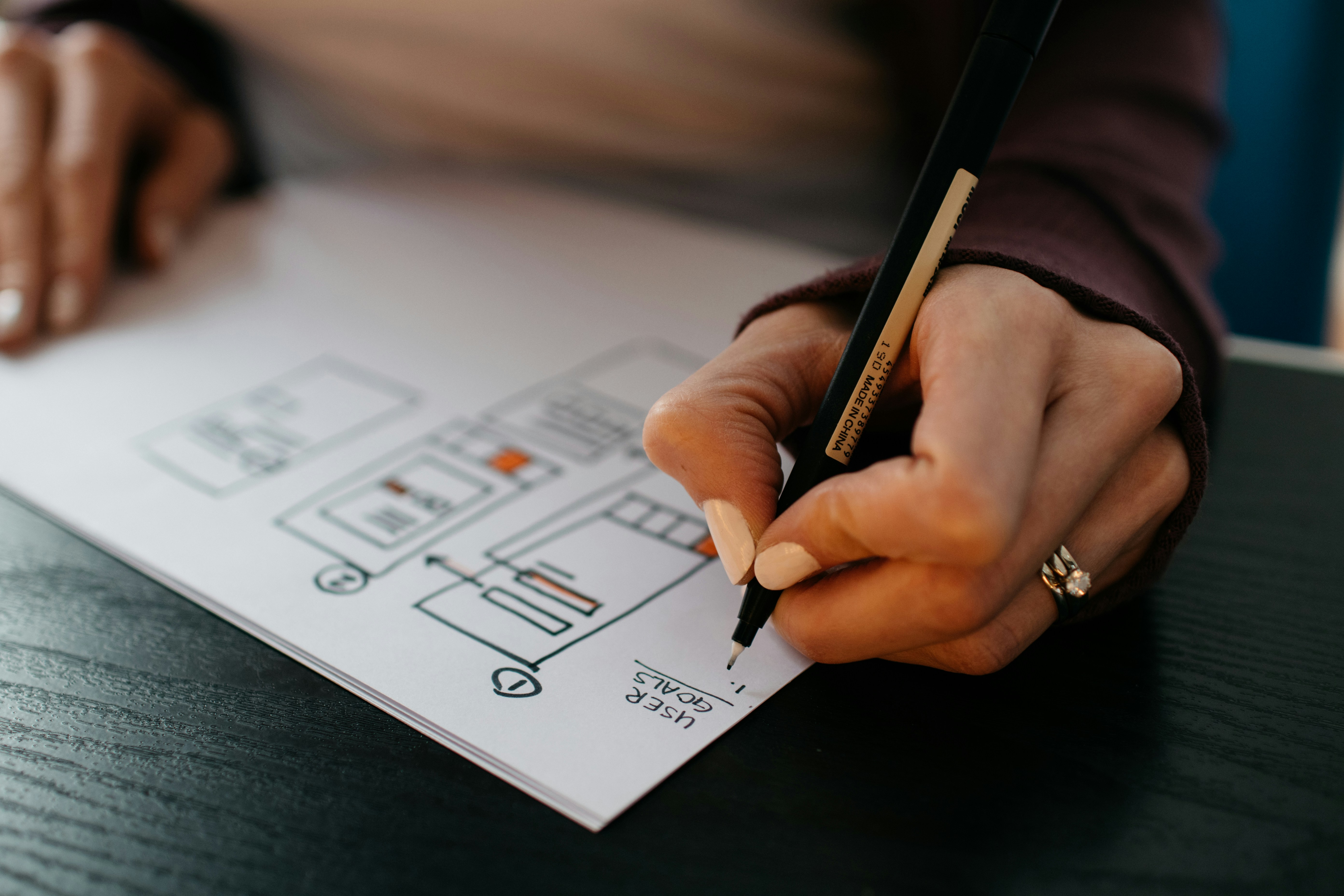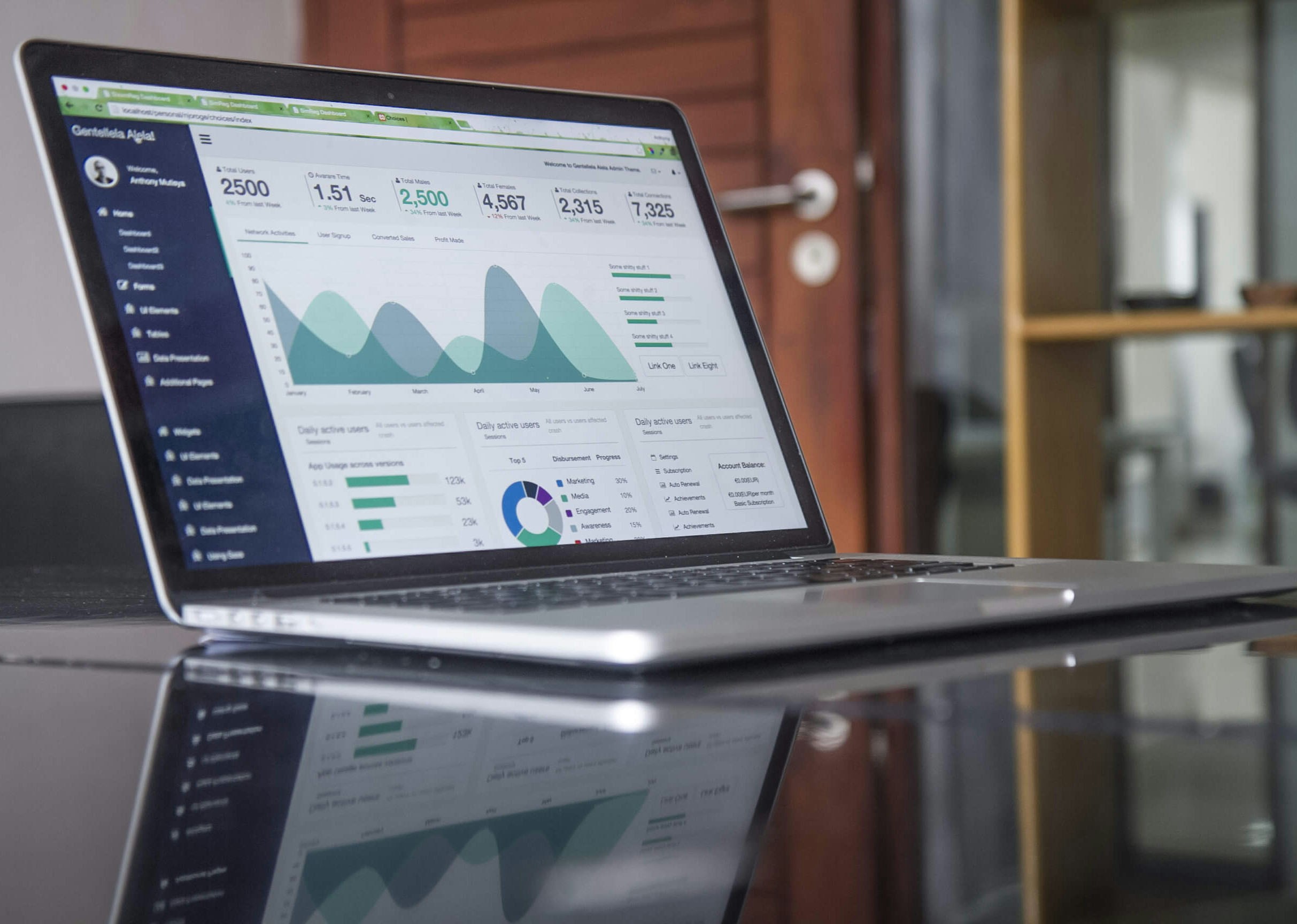As we move into 2025, web design continues to evolve, blending cutting-edge technology with user-friendly experiences. Businesses and designers are pushing the boundaries of creativity, incorporating AI, interactivity, and immersive visuals to captivate users. If you’re planning a website redesign or launching a new project, here are the top five web design trends that will define the year.
- AI-Powered Personalization
🚀 Tailoring Websites to Every User
AI-driven design is revolutionizing how websites interact with visitors. Websites now analyze user behavior in real time, adjusting content, layouts, and recommendations to create highly personalized experiences. From dynamically generated homepages to chatbots that anticipate user needs, AI is making websites smarter than ever.
📸 Example: A travel website that suggests destinations based on browsing history and weather preferences.
🔹 Why It Matters: Enhances user engagement and conversions by delivering relevant content instantly.
- Immersive 3D and Interactive Elements
🎨 Beyond Flat Design
3D elements, parallax scrolling, and interactive animations are transforming websites into engaging digital experiences. Expect to see more hyper-realistic visuals, immersive product showcases, and dynamic backgrounds that react to user interactions.
📸 Example: An eCommerce site where users can rotate and zoom in on 3D product models.
🔹 Why It Matters: Increases user engagement and makes brands stand out in crowded digital spaces.
- Dark Mode Evolution & Glassmorphism
🖤 Sleek, Modern, and Easy on the Eyes
Dark mode has been around for a while, but in 2025, it’s getting a serious upgrade. Expect glassmorphism—a frosted-glass effect with soft transparency—and bold neon accents to dominate dark-themed designs. This creates a sleek, futuristic look while improving readability and reducing eye strain.
📸 Example: A fintech dashboard with a dark, semi-transparent interface and glowing blue highlights.
🔹 Why It Matters: Enhances visual appeal while improving user experience in low-light environments.
- Voice-Activated Interfaces
🗣️ The Rise of Hands-Free Navigation
As voice search becomes more prevalent, websites are integrating voice-activated interfaces. Users can now navigate pages, search content, and interact with brands through voice commands, creating a seamless and accessible browsing experience.
📸 Example: A real estate website where users can say, “Show me houses in Miami under $500K,” and instantly see results.
🔹 Why It Matters: Improves accessibility and caters to the growing use of voice assistants like Siri and Alexa.
- Sustainable & Low-Carbon Web Design
🌱 Eco-Friendly Websites for a Greener Future
Sustainability is becoming a key focus in web design. Websites are optimizing images, reducing animations, and using energy-efficient coding to lower their carbon footprint. Green hosting solutions and minimalist design approaches are also on the rise.
📸 Example: A fashion brand’s website that loads ultra-fast with lightweight images and an eco-friendly hosting provider.
🔹 Why It Matters: Helps reduce environmental impact while improving site performance.
Final Thoughts
Web design in 2025 is all about innovation, engagement, and sustainability. Whether it’s AI-driven personalization, immersive 3D elements, or eco-conscious designs, these trends are shaping the future of digital experiences. If you’re planning a website update, embracing these trends will ensure your site stays modern, user-friendly, and ahead of the curve.
💡 Which trend excites you the most? Let us know in the comments!
Would you like help incorporating these trends into your website? Let’s chat! 🚀



